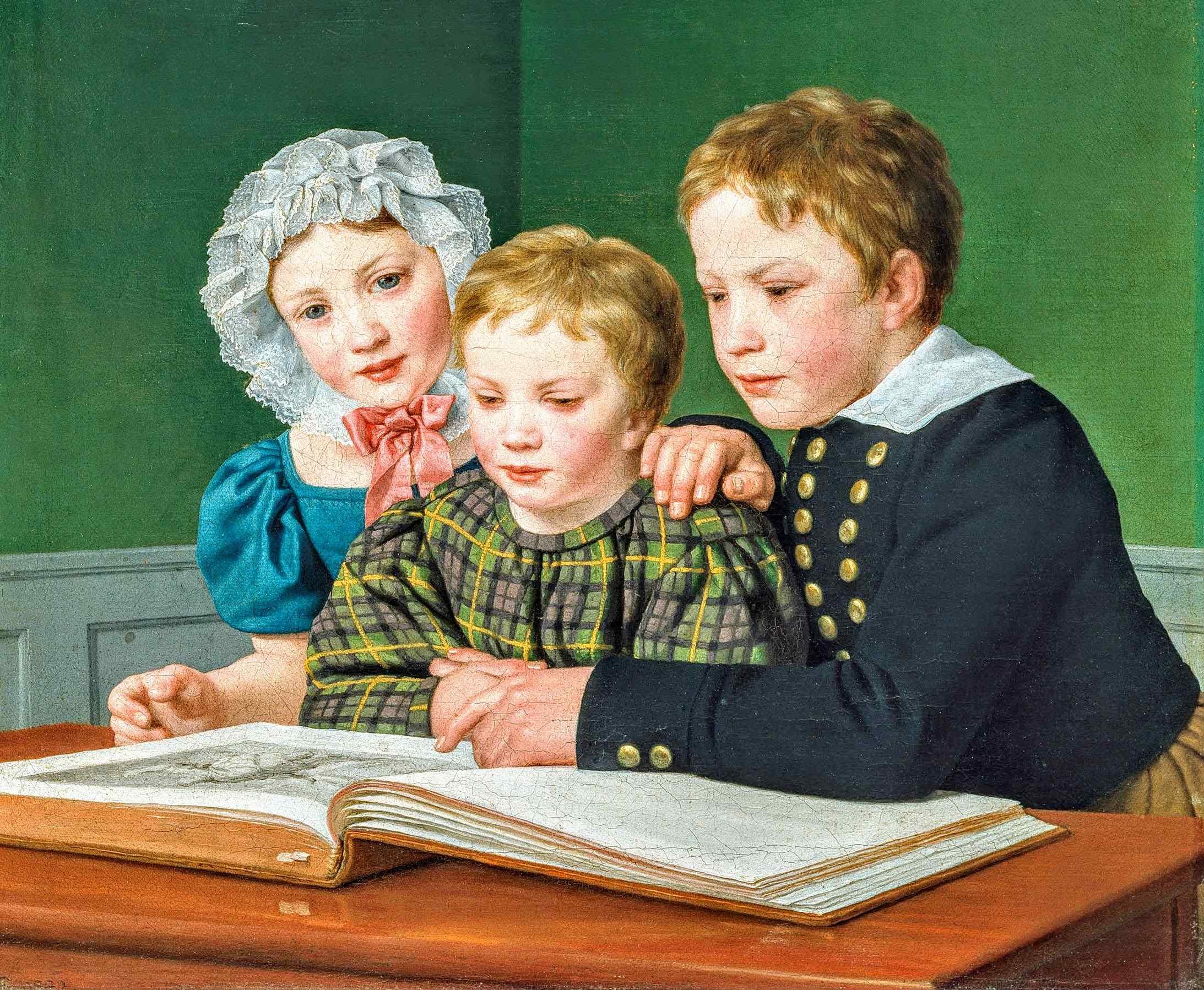Summertime is always a period where the education gap widens further and summer learning loss is a significative setback for many students. This year, because of the COVID-19 pandemic, most summer programs will be unavailable and a lot of children will be unable to step foot in any structured environment outside home for weeks or even months. This will have detrimental consequences on a big number of them, in particular on those from disadvantaged families who already tend to lag behind academically.
A 2017 review of the literature has revealed that, “on average, students’ achievement scores declined over summer vacation by one month’s worth of school-year learning,” a decrease particularly important in math. Financial resources have a strong effect on children's activities during the summer holidays. A 2018 study by the US Department of Education has shown that 39% of kindergarteners from non-poor families were likely to enroll in summer camp, while this percentage was only 7% among their peers from poor families.
According to a report by The Northwest Evaluation Association (NWEA), a nonprofit organization, by this fall students may retain less than 50% of the math learning gains normally expected, putting them almost a year behind the program in math, while they may retain about 70% of their typical gains in reading. “We must provide resources and support to families during and after this disruption, especially in mathematics, which often show the steepest losses over summers and time outside of school,” said the NWEA researchers.
Students of all ages need summer school to slow down the inevitable coronavirus learning loss but it would be a great move to make summer school permanent in order to end the perennial summer slide. Fortunately, as many schools are closed in many countries, online platforms allow instruction to continue, partially limiting the learning deficit.

Picture: Portrait of C.F. Holm's Children, by Christoffer Wilhelm Eckersberg (Google Art Project, Wikimedia Commons, w/Effects)

